The Ultimate Guide to Email Deliverability and Spam Filters
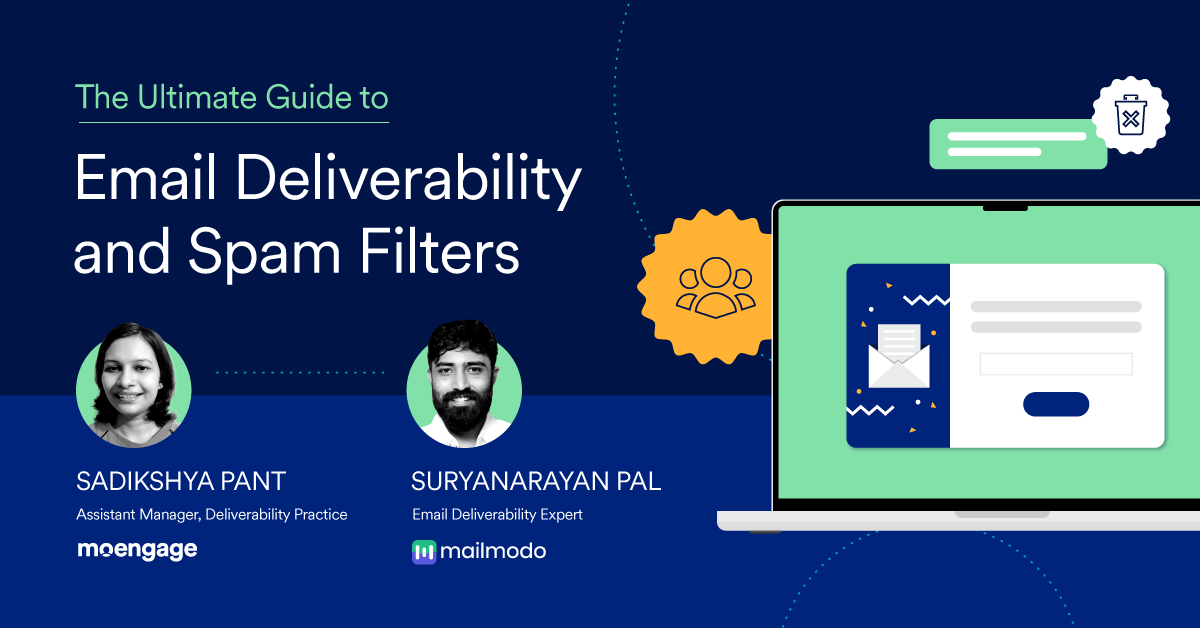
Reading Time: 7 minutes
| Check out the benchmark open rates, conversion rates, click through rates, and more from our Email Benchmarks Report 2022! → Read it now |
The year is 1978. Gary Thuerk, a marketing manager at Digital Equipment Corporation, is looking for ways to promote a new model of their computer. Suddenly, he’s hit by an idea. Theurk asks his assistant to send an email to every ARPANET address on the west coast of the United States.
The reaction from most of the recipients was negative, but the trick did generate some sales. This was reportedly the birth of spam.
Today, more than four decades later, spam is a part of our everyday lives — more than 120 billion spam emails are sent each day.
Deliverability, or the rate at which your email makes it into recipient inboxes, becomes invaluable. It’s not enough to just send emails—you need to know your customers’ email behavior and capture their attention accordingly, in the best way possible.
Landing in the spam box is disastrous for email marketers, and deliverability is your best friend. Sun Tzu’s emphasis on knowing your enemy is equally relevant here. That’s why, in this blog, we take an in-depth look at spam and email deliverability—the evolution of spam filters, deliverability and its impact on revenue, factors impacting deliverability, and debugging common deliverability problems.
Deliverability and The Impact on Revenue
Delivery Rates vs. Deliverability
Often confused to be the same, delivery rates and deliverability are different. Delivery rates tell you how many emails are accepted by the email server. On the other hand, deliverability tells you how many of these emails reach a customer’s inbox.
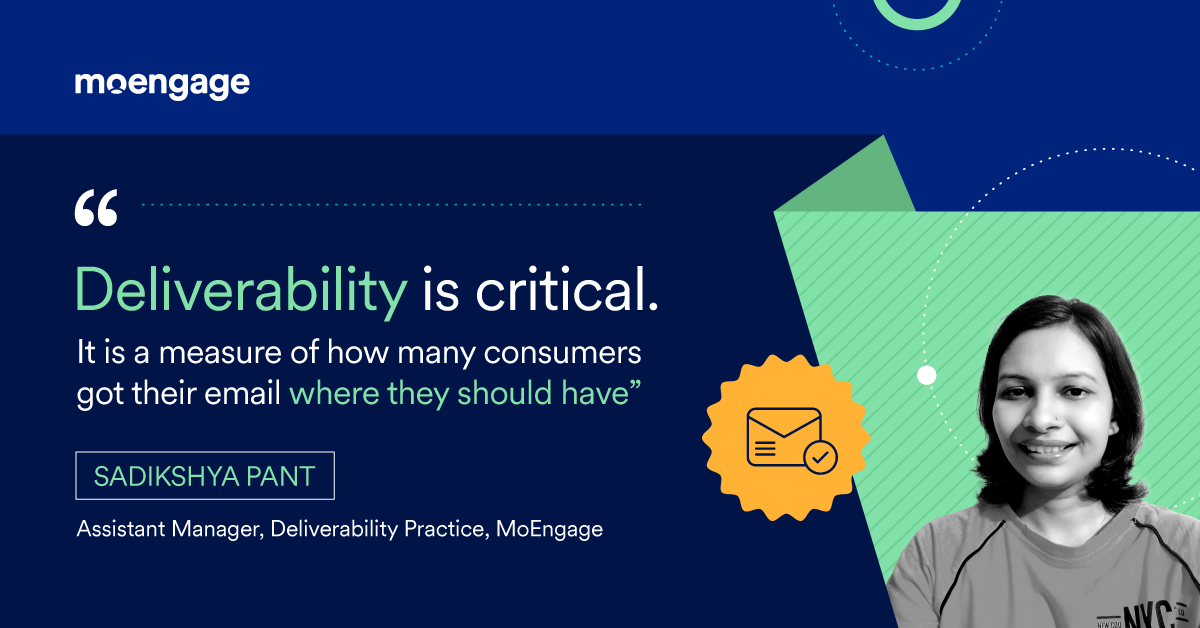
Every email campaign you initiate has a set objective—like onboarding, awareness, and promotions. But if the emails you send out mostly go to the spam folder, it is unlikely that you will be able to achieve those objectives. That’s why it is essential to give deliverability the attention it deserves.
Suryanarayanan Pal, Growth and Product Marketer at Mailmodo, simplifies deliverability by comparing it to a traveling salesperson. The first challenge for a traveling salesman is to gain entry into a door, and the next challenge is to sell the product. Similarly, for an email marketer, the first challenge is to get the emails into the inbox, and it is only then that copy, design, and strategy come into play.
ROI and Deliverability
Despite being in the era of social media, email is still the most effective way to reach out to your customers. While Facebook ads achieve an average CTR of 0.90%, email enjoys an average CTR of approximately 5.86%.
It’s not just that; in terms of pure ROI, email is your best bet. For every $1 you spend on email marketing, you can expect an average return of $36. That’s higher than the returns you can expect to see from any other marketing channel — digital or otherwise. Within retail, E-commerce, or consumer goods industries, the average ROI is as high as $45 for every $1 spent!
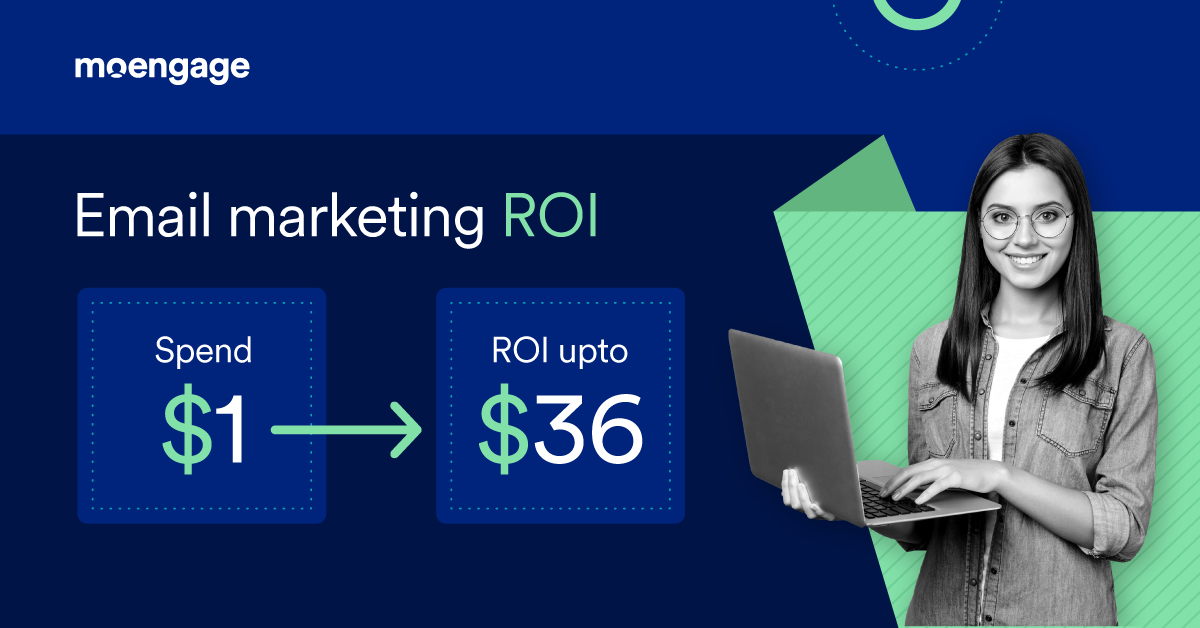
ROI and deliverability are very closely interlinked, which many marketers tend to ignore. It’s essential to ensure you are not over-mailing or under mailing your audience.
You also need to put in the effort to understand precisely how spam filters work so that your email strategy can boast high deliverability. As an email marketer, you must keep your eyes open for any email strategy or content red flags. Because most spam filters are AI and ML based, the rules of the game are not fixed and will keep evolving from time to time.
Factors Impacting Deliverability
The Evolution of Spam Filters: From Rule-based to AI and ML
Spam filters, back in the day, were straightforward. Because most spam emails originated from only a few servers, the spam filters just blocked out emails from a specific range of servers. Such rule-based filters helped reduce bombardment from these servers.
But spammers soon found a way to work around this by routing emails through servers in other countries. At this point, the Sender Policy Framework, or the SPF as we know it today, originated.
The early 2000s saw the gradual perfection of spam filters based on patterns, keywords, and special characters. But the error rate was still high, with spam filters weeding out relevant, important emails that customers wanted to receive.
It was only during the late 2000s that the concept of ‘Reputation Scores’ started emerging, classifying senders based on criteria like authentication mechanisms and proper list maintenance.
From where they started, spam filters have come a long way to the AI and ML-based ones we have today, which read billions of emails daily, constantly evolving their mechanism to detect spam.
Authentication and List Building
Ensuring your email is appropriately authenticated is the first step toward high deliverability. If your authentication is flawed, others can easily impersonate you.
You need to have the proper infrastructure, maintain your IPs, and ensure that your IPs are not getting listed on any significant DNSBL websites.
It’s also important to keep in mind that the reputation of your third-party email partner plays a vital role in determining where your mail ends up. If the mailing server is abused by another brand using the same server, your email campaigns may be automatically marked as spam, irrespective of your content.
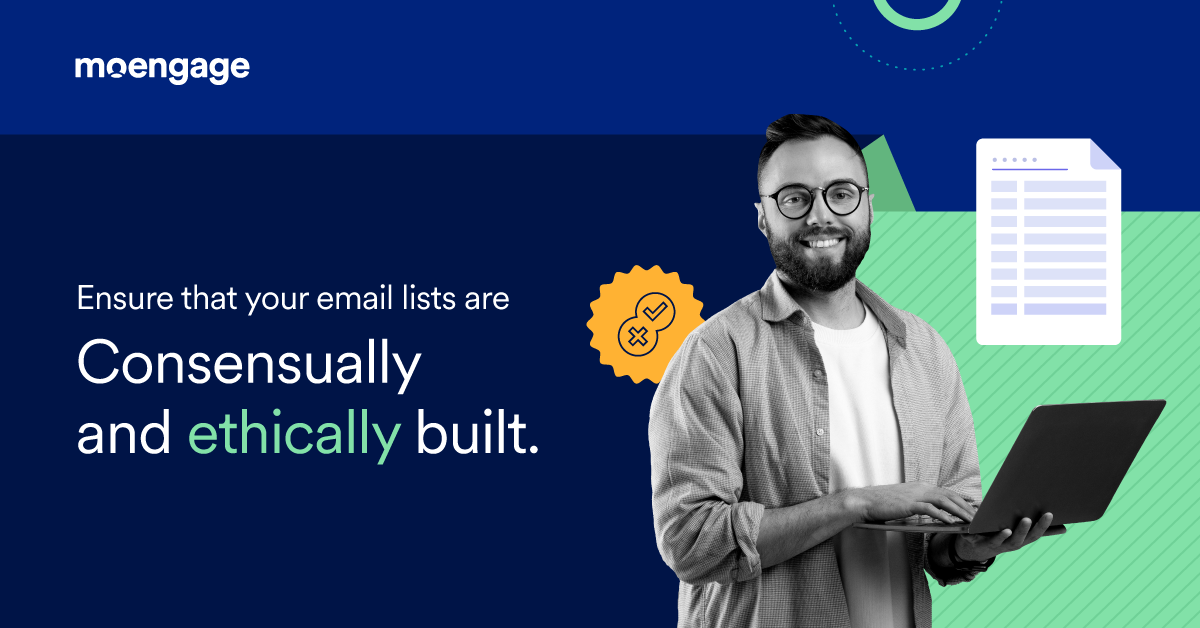
Another factor impacting deliverability are your email list building methods. If the collection mechanism is flawed from the beginning, there’s a good chance recipients would mark your email as spam. This directly affects your credibility and deliverability. Some examples of bad collection mechanisms are when you get a database from a third party or an affiliate brand, or if your database consists of customers who haven’t explicitly signed up for communication.
List building should be done in a very consensual manner. Avoid purchasing email lists. Even if you run them through a cleaning tool, spam traps and customers with no affinity for the brand are unlikely to be filtered out. A combination of the right database, infrastructure, and content is essential for a successful email strategy.
Customize Content for Each Segment
As a brand, you will have different products and different types of customers. You need to figure out what each group of customers wants. This is important because if you can figure out what a specific cohort of customers wants, you can send them exactly that and increase the chances of engagement and conversion.
Apart from the usual segments of customers, any brand will have these four distinct cohorts:
- Customers who engage with your emails and the platform
- Customers who engage with your emails but not the platform
- Customers who engage with your platform but not your emails
- Customers who don’t engage with your emails or the platform
Treat each of these cohorts differently and send out different email versions for each cohort. If your customers are still not responding, consider reducing the frequency of your emails or cleaning through your email list. Try to maintain an email list where customers engage regularly, otherwise your email reputation will take a hit. At the same time, remember to keep an eye out for any red flags that might trigger spam filters or reduce deliverability.

Remember, your objective shouldn’t be to just reach the primary inbox with every email. You should aim to create engaging emails that deliver value to every reader. If you organically follow best practices, there’s a good chance you’ll reach the primary inbox.
Debugging Common Deliverability Problems
Frameworks for Identifying Problems with Spam Filters
Sadikshya from MoEngage says that when she debugs delivery problems, the first thing she looks at is authentications and checking if everything is correct. The SPF, DKIM, DMARC, the IP address, and the link branding domain authentications need to be on point.
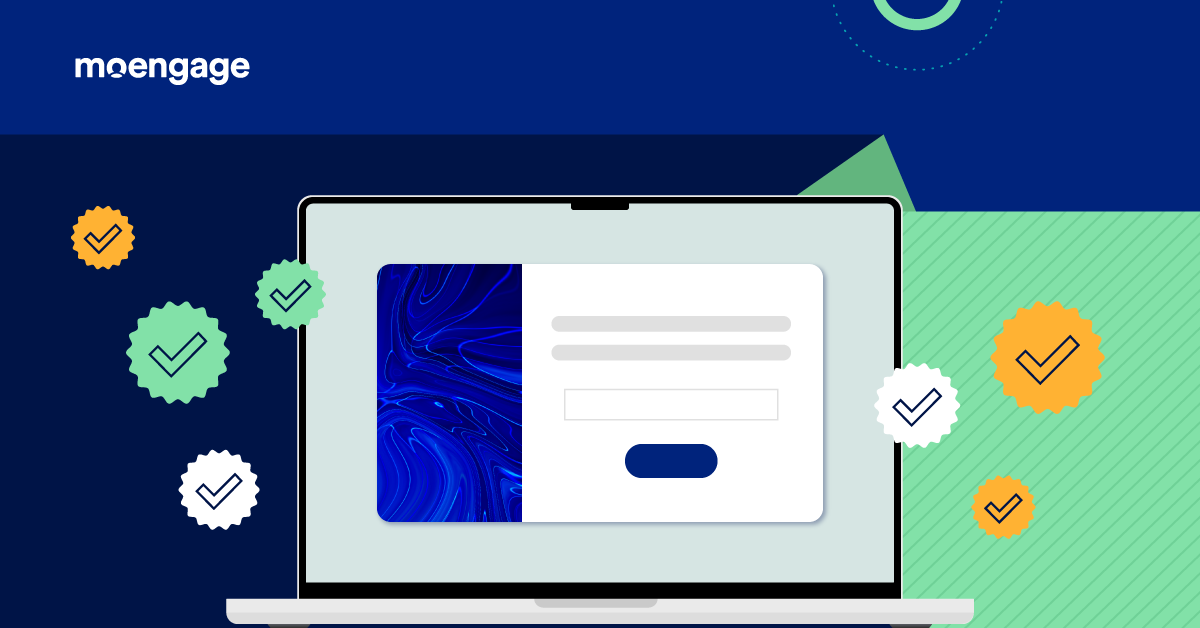
Sadikshya adds that another critical factor she checks is the volume patterns. Sudden spikes in volume patterns aren’t desirable because they lower your reputation, and your emails are unlikely to inbox. Maintain a consistent volume pattern to ensure the deliverability of your email campaigns.
You should also keep your eye out for any unusual activity in signups to rule out suspicious bot activities. This is where welcome campaigns become relevant. Welcome campaigns, apart from ensuring seamless onboarding, are a great way to weed out invalid customers.
Such campaigns also give you an early indication of your market’s email behavior and help you understand their preferences.
Countering Decline in Open Rates
A frequent problem email marketers face is a decline in open rates. In such a scenario, identifying the root cause of the issue is essential—has there been a dip in postmaster reputation? Was there a change in subject lines? Or a change in authentication? Was a different database used?
Once you can understand what changed, you can start working on it. Every time deliverability or open rates go down, consider what changed, and see if this is the reason for the dip. Check if there have been any changes in infrastructure reputation or DNS failure. Such small changes can significantly impact the delivery and deliverability of your emails.
Another solution to tackling a decline in open rates is to ensure that your promotional content doesn’t get mixed with your transactional emails. This is because most customers do not expect or want promotional content in transactional emails, and such a pattern can reduce the chances of them opening even transactional emails.
As a practice, transactional emails should be under a different domain compared to your promotional emails because the lack of delivery of transactional emails can cause trust issues with your customers. Your promotional emails have a higher chance of being marked as spam. This can affect the deliverability of your transactional emails if they’re from the same domain.
Best Practices Are The Way Ahead
High deliverability might seem very hard to achieve, but the key is to follow best practices. Maintain a high content reputation, avoid map tags, and ensure proper authentication, apart from other best practices mentioned earlier.
Spam filters sort out spam by assigning a score to your mails—emails with a score below a certain threshold are categorized as spam. If you adhere to these best practices, your deliverability rates will increase, and you’ll get the best ROI from your email campaigns.
At the same time, these practices will keep evolving with time. A good email marketer is someone who’s always on the lookout for the smallest of changes in the way spam filters work. You can check out this webinar for more details.
Here’s to high deliverability!







